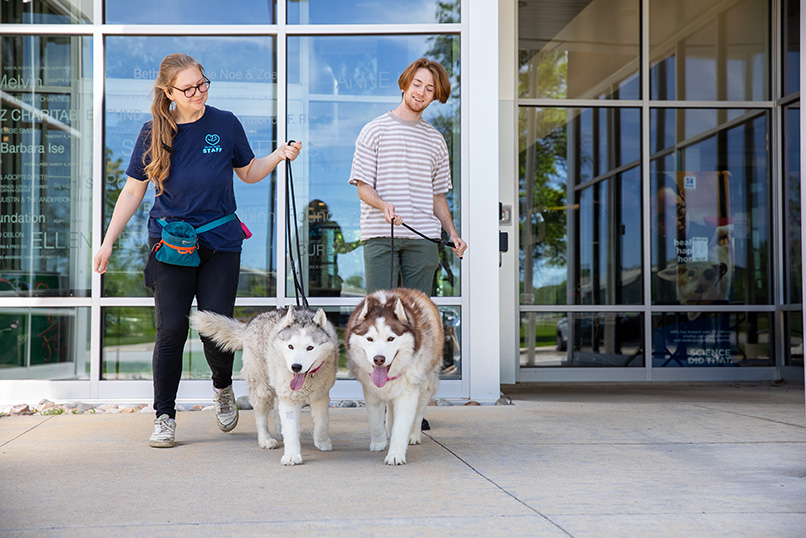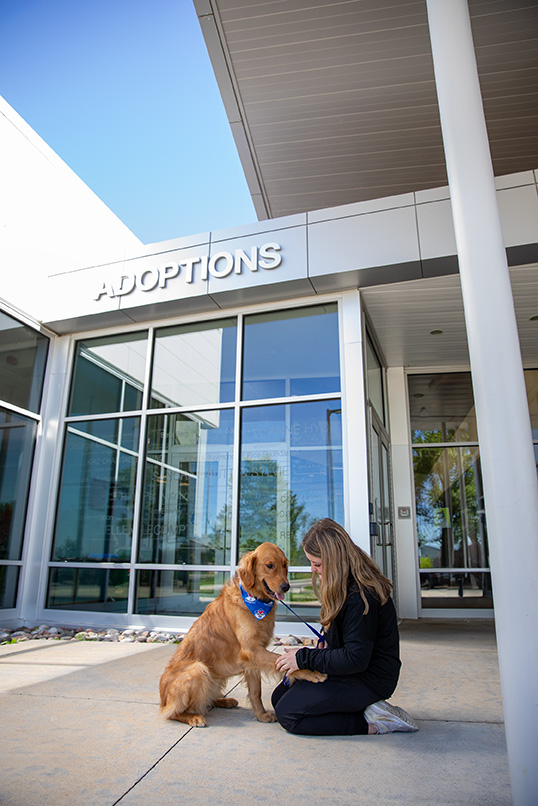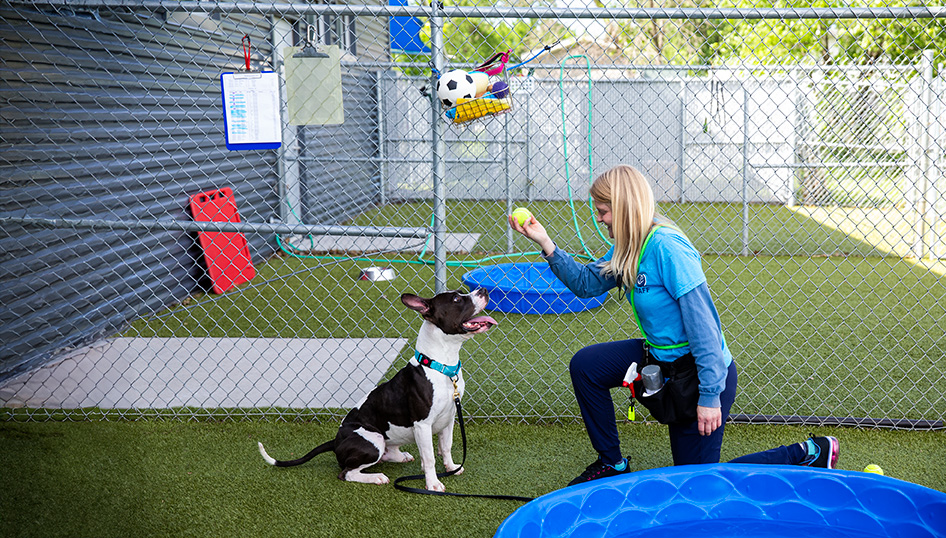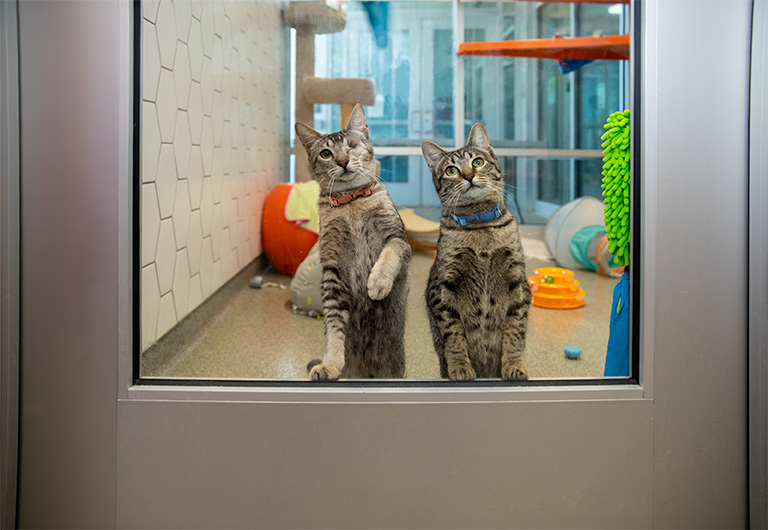
Understanding consumer perceptions and behaviors driving the increase in animal intakes in animal shelters and decrease in adoption rates is central to the 2024 Hill’s Pet Nutrition State of Shelter Pet Adoption Report.
Hill’s Pet Nutrition released findings from the research, which was participated in by “socio-economically diverse” group of 2,500 current and prospective pet owners. Apart from consumer insights, the report aims to present pathways to help tackle the crisis of animal shelter overcapacity.
Shelter Animals Count reports in 2023 alone, 6.5 million cats and dogs were admitted to shelters and rescues, with populations rising by 900,000 animals since January 2021. Recent data from the national database reveals animals of all sizes are staying in shelters longer than they did in 2019, exacerbating the shelter capacity issue.
“Collaboration and a community-centric approach are crucial to finding impactful ways to address pet homelessness and over-capacity issues in animal shelters,” says Karen Shenoy, DVM, U.S. chief veterinary officer at Hill’s Pet Nutrition.
Jim Tedford, president and CEO at The Association for Animal Welfare Advancement, says the report “allows animal shelters to better understand what pet parents need to make adoption more accessible so they can equip pet parents with the information and resources needed to welcome a shelter pet into their home.”

Key Findings
The following key findings from the 2024 Hill’s Pet Nutrition State of Shelter Pet Adoption Report will support shelters in creating more data-driven strategies for removing barriers to pet adoption and care.
Overall, Americans are open to adopting shelter pets, and younger generations are even more likely to adopt:
- 66 percent of people are likely to adopt shelter pets
- Of Gen Z and Millennials who’ve adopted a shelter pet before, 90 percent and 94 percent respectively are likely to adopt again; and for those who’ve never adopted a shelter pet, 75 percent and 77 percent respectively are likely to adopt
Respondents’ top concerns about owning a pet relate mostly to the finances involved in caring for a pet:
- Nearly 50 percent of respondents said overall cost of pet ownership was the biggest challenge to pet ownership
- 84 percent of respondents said veterinary care is the most expensive part of owning a pet
Pet adoption is less accessible for people making less than $75,000:
- Those making less than $75,000 are more likely to surrender a pet due to financial difficulties and are more likely to say the cost of pet ownership exceeded their expectations
- Those making less than $50,000 are more likely to have experienced at least one pet-related housing restriction and are more likely to say the cost of veterinary care impacts their decision to adopt
Respondents report being less likely to adopt large dogs than cats or small- to medium-sized dogs, which are believed to be easier and less expensive to manage:
- Fewer than one in four respondents report being likely to adopt a large dog:
- 46 percent are likely to adopt a small dog
- 45 percent are likely to adopt a medium dog
- 39 percent are likely to adopt a cat
- 24 percent are likely to adopt a large dog
- With 37 percent of 18- to 24-year-olds saying they are open to adopting a large dog, Gen Z is statistically more likely to adopt a large dog than any other age group
While survey respondents view fostering favorably, misperceptions about the costs and a fear of adopting the fostered pet may be limiting broader participation:
- 40 percent of prospective fosters are afraid of adopting their foster pet (There is no expectation for fosterers to adopt)
- 64 percent of prospective fosters say that if pet care costs were covered during the experience, they’d be likely to foster (Fostering usually requires minimal financial investment, with many shelters providing the fosterer with all necessary supplies, including pet food)
Offering pet parents post-adoption support, especially behavior services, is a powerful tool to keeping more pets with their families:
- Respondents rated post-adoption behavioral services more likely to positively influence adoption (34 percent) than pre-adoption behavioral services (30 percent)
- Of respondents who experienced post-adoption anxiety, 46 percent said behavioral issues were the top driving force
- Of individuals who had relinquished a pet, 24 percent said behavioral/training issues were the top reason for surrendering
- 94 percent of pet owners considering relinquishment kept their pet after receiving support
For more information, read Hill’s Pet Nutrition’s full release.


